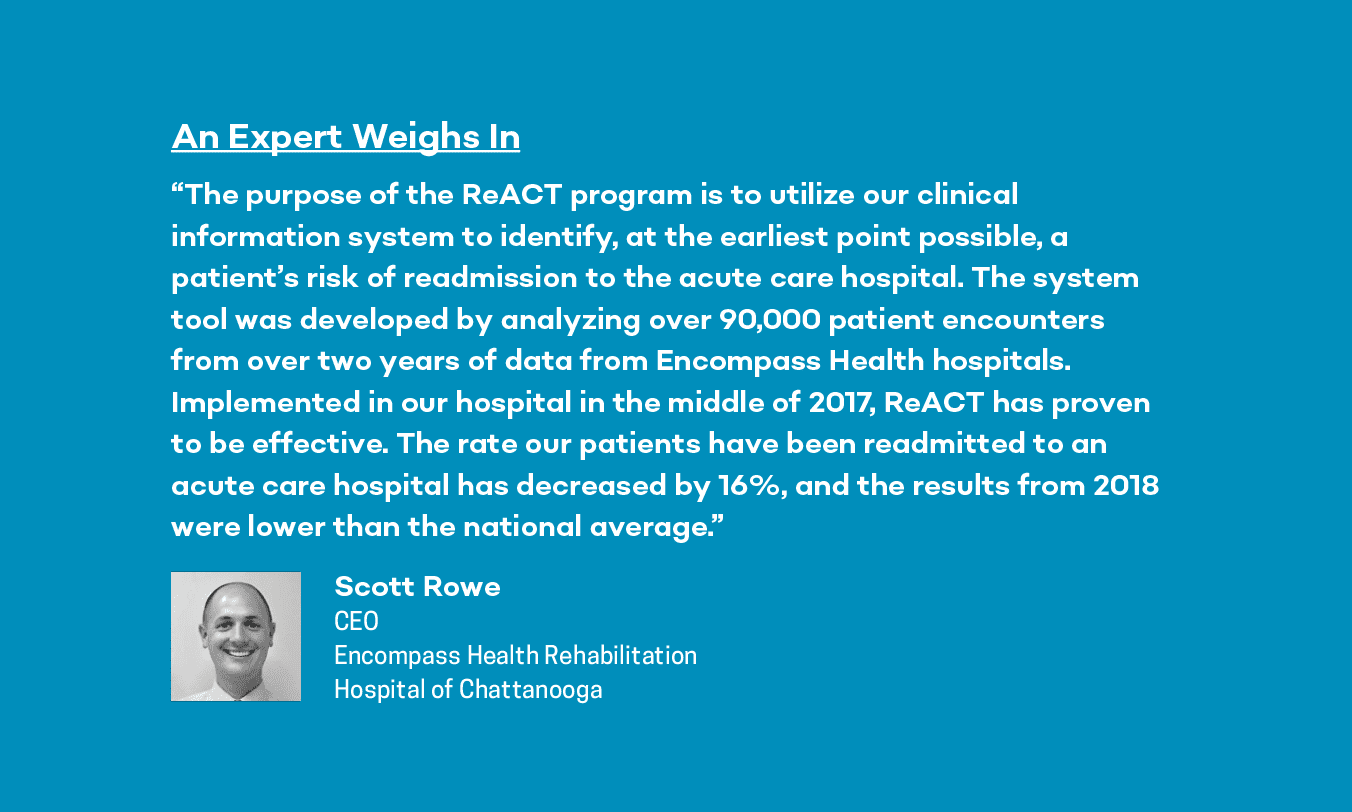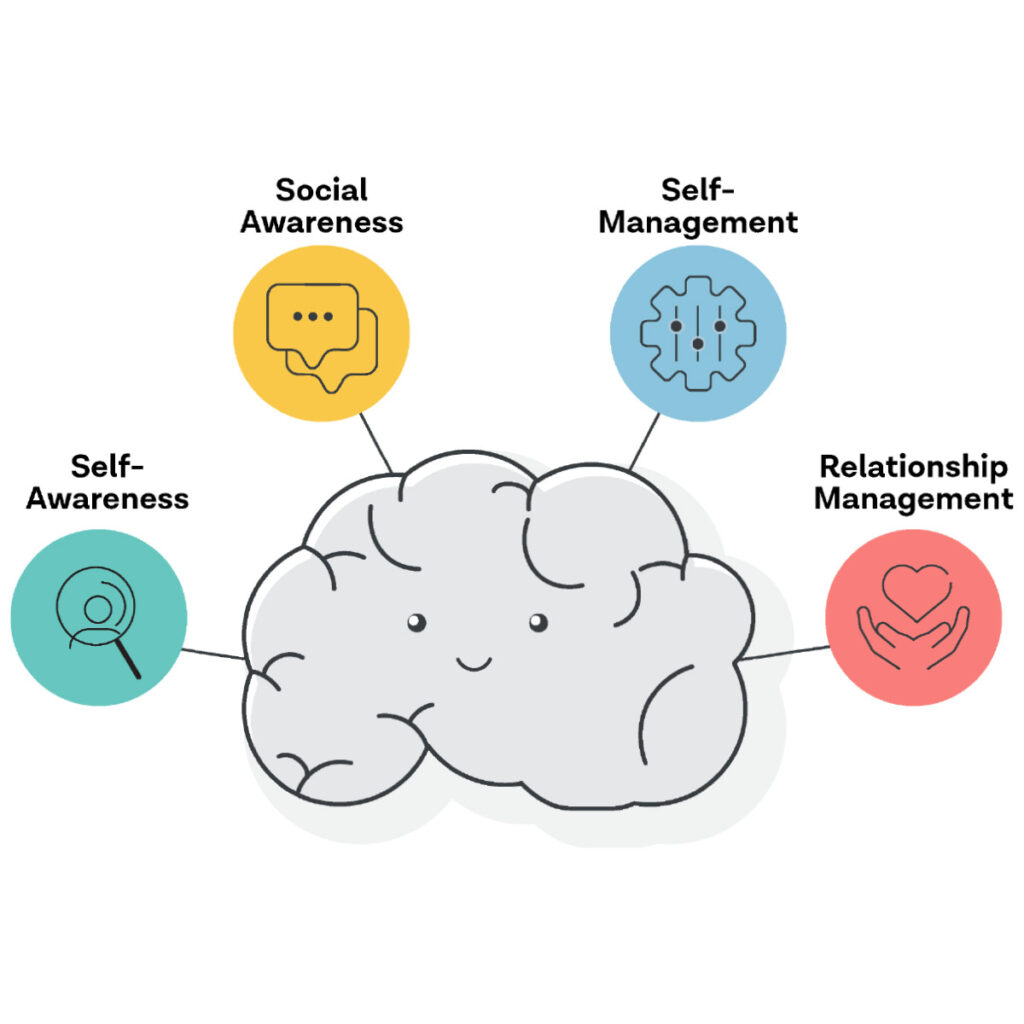Understanding Readmission
When a patient who has been discharged from an acute care hospital is readmitted to that same facility or to another acute care hospital within a specific period of time, it’s known as a readmission. Readmission rates are used to measure quality and set benchmarks for health systems – superior care should equate to fewer readmissions. In fact, health systems with higher than expected readmission rates can even be penalized.
Typical timeframes for readmission research include 30 days, 60 days, and one year. When it comes to the Centers for Medicare and Medicaid Services (CMS) though, the timeframe is set at 30 days. Readmission during this time can be influenced by the quality of care received at the facility and how well discharge services are handled.
New Solutions
In the past, readmission prevention care was based solely on clinical judgment. While helpful in indicating and addressing predictors, there was room for improvement. Thanks to advancements in technology, the process has been streamlined.
Introduced by Encompass Health, ReACT is an adjunct tool designed to reduce readmissions. Using the program, clinicians can be alerted earlier to a combination of predictors that put a patient at greater risk for readmission. From there, providers can intervene earlier and potentially stop a readmission from occurring.
How It Works
The ReACT system looks at 30 separate variables in a patient’s chart to develop a risk score. These variables include things like vital signs, lab values, medications, participation in therapy, appetite, pain, and other clinical indicators.
A patient’s risk score can fall into one of three categories – Low, High, or Very High. If a patient triggers a High or Very High score, clinicians automatically receive an alert in the electronic medical record.
Once a risk score is identified, it is made available to physicians and clinicians in real time, which helps drive timely intervention for patients at a higher risk. Scores are also discussed with the entire interdisciplinary team daily to ensure each patient’s unique needs are addressed.
Benefits to Patients
By assigning risk numbers, categorizing patients, and zeroing in on predictors, ReACT helps ensure that patients receive the best level of care and are set up for success upon discharge. The program allows patients to be treated individually and efficiently. HS





